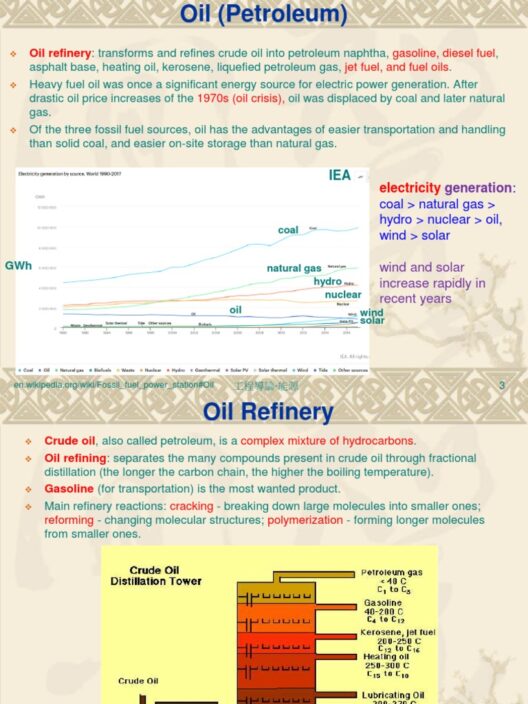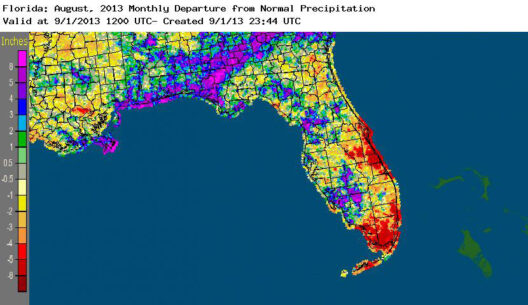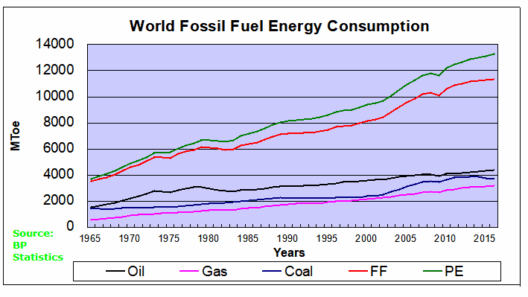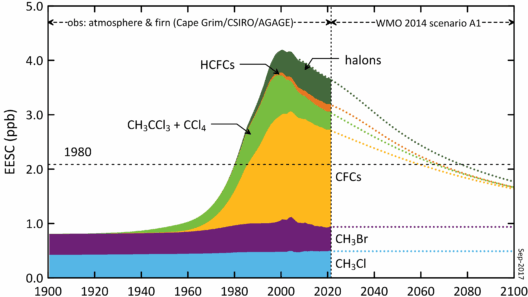The modern dinner plate embodies a complex narrative, intertwining cultural traditions, personal choices, and environmental implications. The allure of food transcends mere sustenance; it is an intrinsic aspect of human connection, celebration, and identity. However, beneath the surface of our culinary rituals lies a stark reality that few ponder: the carbon footprint of the meals we consume. As awareness of climate change intensifies, understanding the carbon cost associated with food production becomes paramount.
Food production significantly contributes to greenhouse gas emissions, responsible for an estimated one-quarter of total global emissions. This figure encompasses various stages: from agricultural cultivation to processing, transportation, retail, and eventual waste. Each component of the food supply chain adds layers of emissions, ultimately culminating in the carbon cost of our dinners.
At the heart of this issue is agricultural practice. Traditional farming methods can yield substantial emissions through the use of fertilizers and pesticides, which release nitrous oxide, a potent greenhouse gas. Furthermore, livestock agriculture, particularly cattle, contributes immensely to methane emissions, a greenhouse gas with a global warming potential many times greater than carbon dioxide. The fascination with a sumptuous beef steak or a creamy dairy product overshadows the substantial environmental toll that accompanies its production.
Consider the concept of seasonal eating. Foods that are out of season typically travel vast distances to reach consumers. Transporting goods via airfreight generates an astonishing carbon footprint. A tomato plucked from a local farm in season will yield far less carbon than one imported from across the globe. Emphasizing local, seasonal produce not only reduces emissions but supports regional economies and fosters a connection between consumers and local agricultural practices.
Furthermore, food processing adds another dimension to the carbon narrative. The transformation of raw ingredients into ready-to-eat meals often necessitates energy-intensive activities. Consider the process of canning, freezing, or packaging that enhances shelf life and convenience. These stages require energy inputs from fossil fuels, further increasing the carbon cost of popular processed foods. One might ponder whether the convenience of pre-packaged meals justifies the environmental sacrifice inherent in their production.
Next, one must scrutinize the waste generated by our consumption habits. A staggering amount of food waste occurs at every level of the supply chain, from farms discarding imperfect produce to consumers letting food spoil at home. When food decomposes in landfills, it releases methane, exacerbating climate change. Efforts to reduce food waste—whether through improved storage techniques, creative meal planning, or community redistribution of surplus—can dramatically decrease overall emissions. The notion of ‘waste not, want not’ has never been more relevant.
Plant-based diets have gained traction as a solution to mitigate the carbon cost of our dinners. Shifting toward a diet rich in fruits, vegetables, legumes, and whole grains can significantly lower one’s carbon footprint. Research suggests that adopting a plant-forward lifestyle can reduce emissions by nearly half compared to a conventional omnivorous diet. This transformative choice speaks to the power of individual habits in combating climate change.
Despite the compelling rationales for dietary shifts, societal factors often inhibit change. Cultural practices, culinary heritage, and psychological attachments influence food choices. Embedding sustainability within these frameworks necessitates a collective reevaluation of values surrounding food. Education plays a pivotal role: increasing awareness of climate impacts associated with various ingredients may bolster motivation for change.
Cooking practices, particularly in terms of heat sources, further amplify the carbon discussion. The use of electric stoves versus gas-fueled ranges can render profound effects on overall emissions. Electric appliances powered by renewable energy sources result in significantly lower carbon footprints than those reliant on fossil fuels. Additionally, choosing methods that necessitate less energy, such as pressure cooking or utilizing microwaves, can make a tangible difference.
Policy changes also loom on the horizon as powerful levers for systemic transformation. Agricultural subsidies and incentives directed toward sustainable practices can encourage farmers to adopt eco-friendlier methods. Similarly, public awareness campaigns can galvanize consumers to think critically about their food choices. The intersection of policy and consumer behavior will dictate the future of sustainable food production.
As one contemplates the significance of each meal, the philosophical and environmental implications become glaringly apparent. The carbon cost of dinner is not merely a statistic; it encapsulates a series of choices that ripple outward, affecting ecosystems, economies, and, ultimately, the planet. The simple question of what to eat morphs into a rich dialogue about responsibility and stewardship.
In conclusion, the dinner table is not just a place for culinary enjoyment but a stage for critical discussions on climate responsibility. Each decision, from ingredient selection to waste management, contributes to the larger dialogue of sustainability. To embrace a future that prioritizes our planet, we must examine our food systems and recognize our role in shaping their trajectories. By fostering an understanding of the carbon cost of our choices, we can empower ourselves and others to make informed decisions that contribute to a healthier planet.








